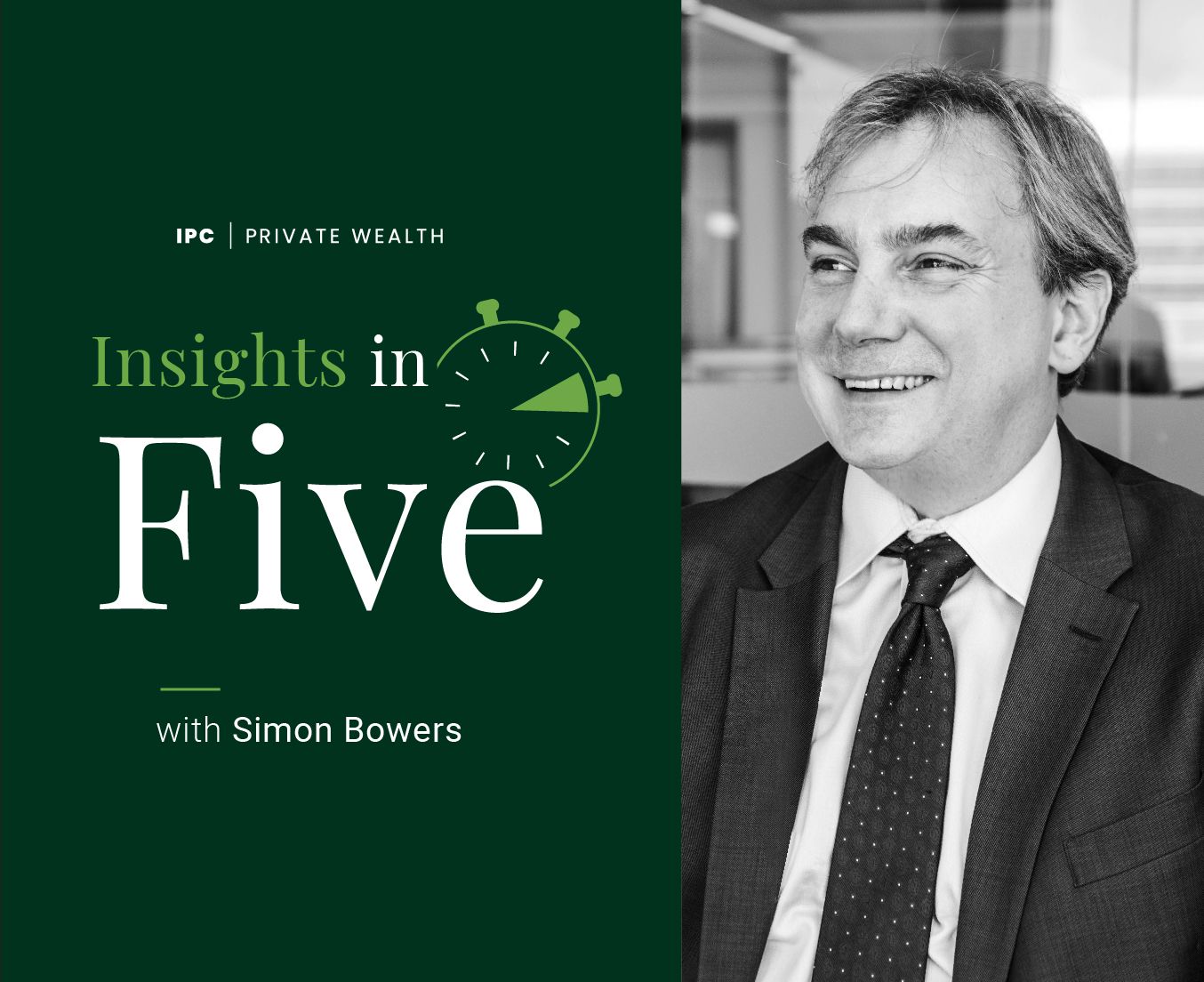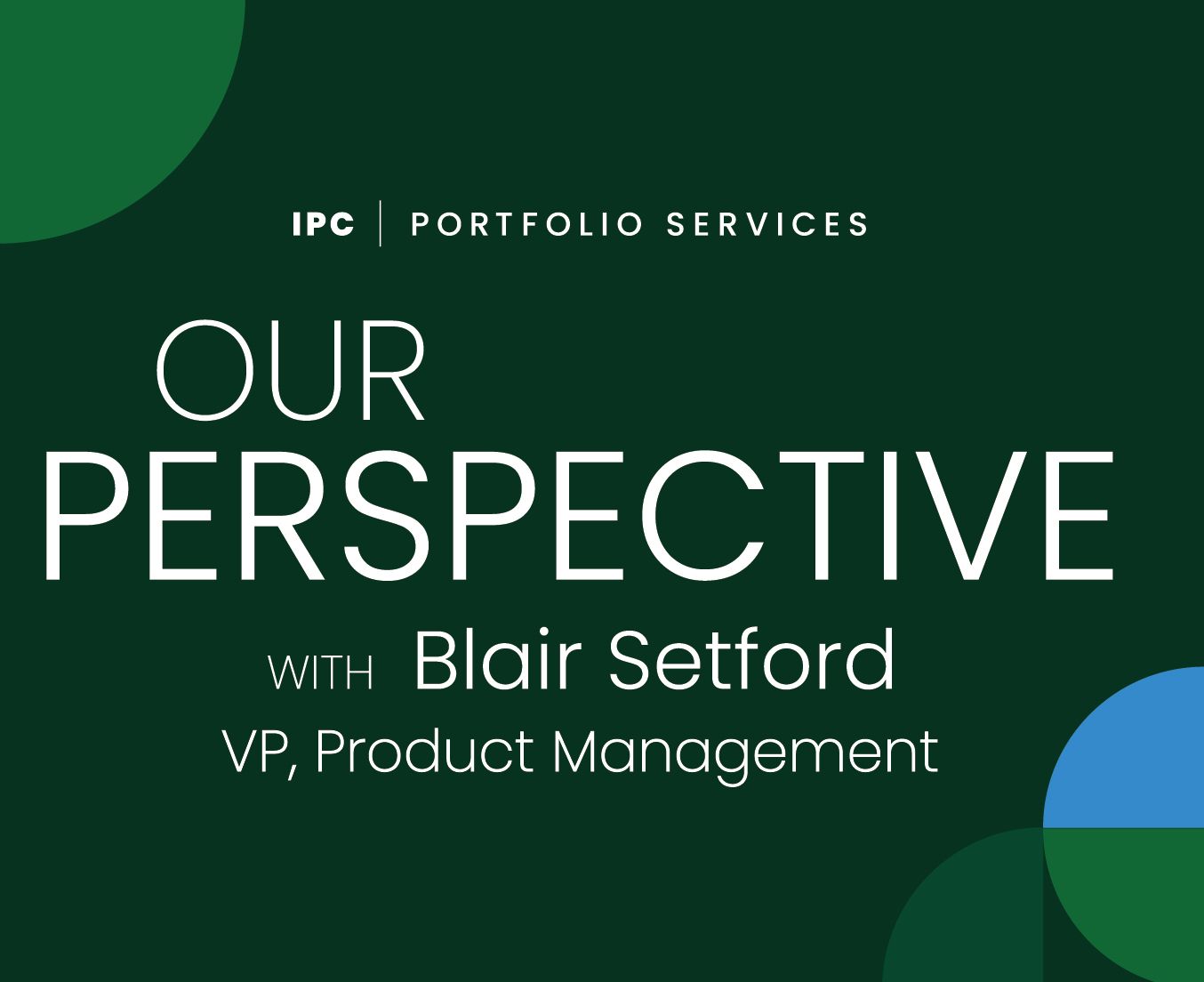When hiring a portfolio manager, selection criteria must go beyond quantitative measures such as performance evaluation. While performance is an important factor, it is a lagging indicator at best. In contrast, qualitative criteria help shape overall performance. Let’s look at examples of qualitative criteria for selecting, monitoring and replacing managers, and how to assess them in potential managers.
People and Process. Learn about the people responsible for making investment decisions and try to understand how those decisions are made. Evaluate how the firm’s processes and people may have changed over time. With this as background, monitor future staff changes, the company’s growth, organizational capacity, and ownership changes. Specifically, look to see if changes in those areas might create a fundamental strategy shift, mandate drift, or inconsistency in discipline. These factors could trigger a review process and potentially lead to a manager change.
Passion. This metric helps determine if a manager is highly motivated and focused on excellence. Through in-depth interviews with various members of a portfolio management team, learn about their job satisfaction, morale and motivation, and/or how organizational changes impact them. Evaluate their commitment towards their mandate and the firm’s approach or philosophy.
Perspective. How do managers respond to both good and bad markets? Do they know how to learn from their mistakes? To determine this, look at whether a manager truly understands how an investment process behaves in different markets and the fundamental factors that drive their investment style. Also check if the manager understands the strengths and weaknesses of their own investment strategy, and how to manage the risks and opportunities that may emerge.
Purpose. Purpose can be defined by a quote from Thomas Huxley: “Patience and tenacity of purpose are worth more than twice their weight in cleverness.” Purpose helps shape the firm’s structure, ownership, investment philosophy, ideas, etc. A manager with a strong sense of purpose chooses to learn continuously. Evaluate motivational factors, their approach to portfolio management and their compensation structures. We’ve found that managers who have a personal stake in their own strategy and firm have a greater sense of purpose, compared to those who do not.
Progress. When reviewing a manager, determine how a manager or firm’s investment process evolves over time, how they manage changes within their investment teams, and how their views adapt to new information.
To measure these factors, we meet with each manager regularly, both in person and through other remote methods, to learn about changes taking place in the organization. We’ll flag a particular manager for more frequent monitoring if we see a negative change in one or more of the qualitative and quantitative metrics. If, after a thorough evaluation, we see no improvements in the affected metrics, we will replace a manager.
Rotating and changing managers
How often to change managers is not carved in stone. If we have to fire a manager purely for performance, then we have not done our job well. Looking back, some of our manager changes were due to significant changes in the investment team or firm’s ownership structure. We’ve also made changes when an existing manager no longer has the expertise or necessary experience to add value to a mandate going forward due to market changes. All manager changes were due to careful assessments of the metrics described.
Sticking to a mandate
The greatest portfolio managers remain committed to their core investment philosophies, regardless of market conditions. To measure this, create a job description that includes the risk controls and characteristics of each manager’s mandate. The job description is not designed to box in a manager, but to flag potential areas of concern. It also allows you to understand a manager’s performance patterns relative to expectations in different market conditions.
It is impossible for a portfolio manager to be the best in all categories. As such, pairing multiple managers can add stability, since the managers can complement each other’s strengths and weaknesses in different market environments. This must be coupled with a systematic and disciplined rebalancing program. In fact, rebalancing may be one of the last free lunches in our industry. When your Canadian large-cap manager is out of favour, your U.S. small-cap manager may independently be off-setting portfolio volatility using a balanced approach.
Ongoing monitoring of a portfolio’s asset allocation and its qualitative and quantitative measures helps minimize duplication of mandates that could add unnecessary costs. Likely, there will be an overlap in security holdings between mandates, particularly in a narrow market like Canada. However, with the differences in investment style between managers in a portfolio, their sector exposure, security allocation and, in turn, performance will differ.
This post was first published in Advisor.ca
on September 12, 2016.
Investment Planning Counsel



